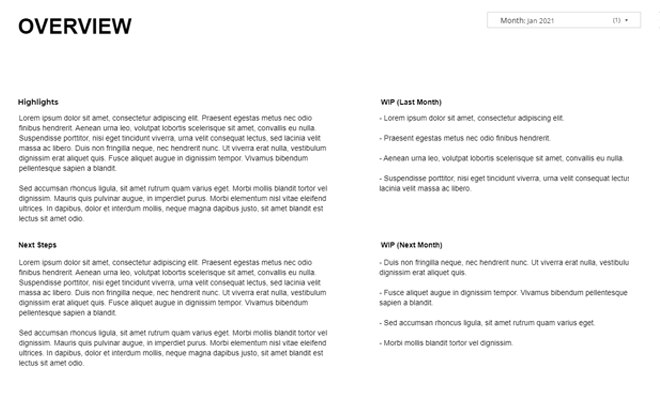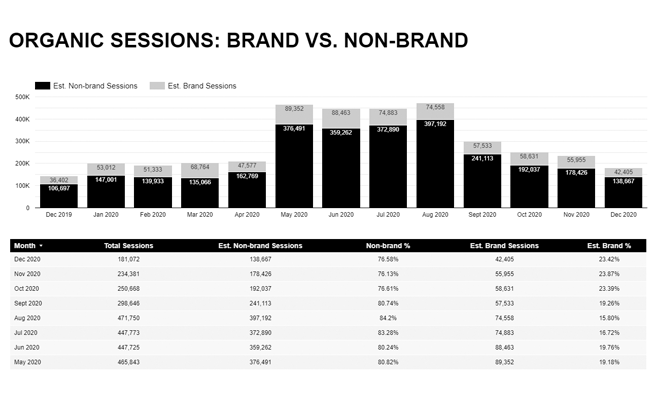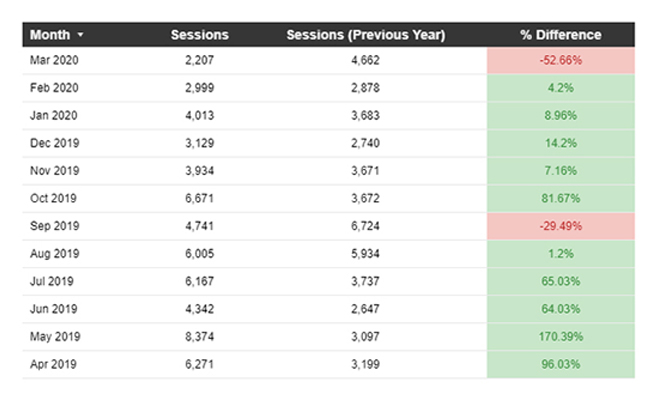A run rate is utilised to estimate future performance based on current / historic data. It is key to note that to remain accurate a run rate assumes current conditions will continue with no significant fluctuations.
John Mueller has been quoted as saying HREFLANG is the most complicated issue to get right in SEO. A study by SEMRush found 15% of multilingual websites to contain HREFLANG errors. Personally having audited many international website, I would suspect this figure to be even higher.
Following the switch to Google Data Studio, one of the most common requests from clients I receive is how to view historic report commentary. A key benefit Google Data Studio offers over traditional offline spreadsheet reporting is the elimination of manual data input.
Gaining an insight into the keywords which deliver organic visitors to a website is key to understanding current performance and helping to determine future strategic actions. Furthermore the breakdown between the proportion of branded and non-branded keywords which delivered traffic to a website is a key performance indicator.
In this post I’m going to introduce the extremely useful but rarely referenced NARY_MAX function. This function within Google Data Studio was first introduced to me by…
In order to effectively analyse current performance it is key make direct comparisons with historical trends, ideally over matching time periods for example year over year (YoY).…





